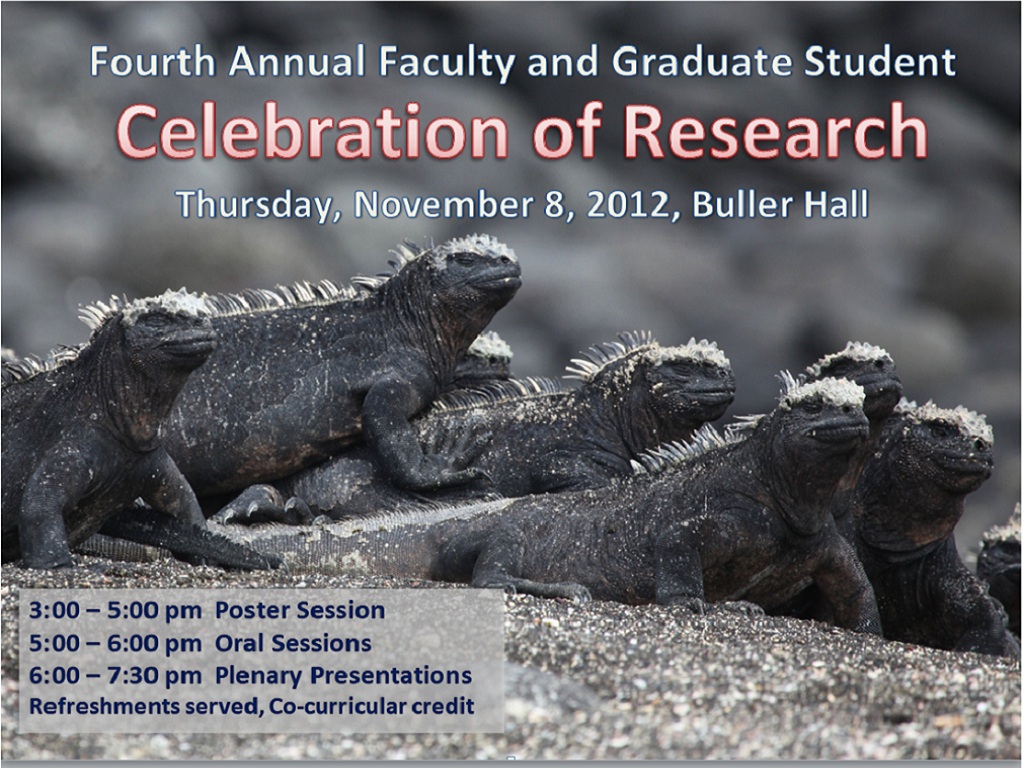Presentation Title
P-13 E-Textbooks Usage by Students at Andrews University: A Study of Attitudes, Perceptions, and Behaviors
Presenter Status
James White Library
Location
Buller Hallway
Start Date
8-11-2012 3:00 PM
End Date
8-11-2012 5:00 PM
Presentation Abstract
Although e-books have been incorporated into the academic library’s collection for over a decade now, it has not been, until today, without question. It is still, as the literature reveals a controversial topic for librarians, publishers, and users around the globe. Although many researches indicate that patrons still prefer the printed format over the electronic version, the tipping point seems to be reaching us earlier than many might think. The growing availability of e-books to users has begun to affect user perceptions and attitudes, creating more access and usage opportunities, a recent research concluded. This paper presents the results of a large scale survey designed to investigate usage patterns of and attitudes towards e-books by students at Andrews University. One important aspect which the study investigated is how the use of e-books impacts student’s learning. The subjects were divided into two different groups, namely, (1) students who purchased the electronic version of an e-textbook for a class (the bookstore offered 74 books in an electronic format), and (2) students who had the opportunity of purchasing the electronic version of a textbook but preferred the traditional print format. Only four percent of the population studied opted to use an e-textbook. The print version is still greatly preferred by college students. However, the majority of those who used e-textbooks, would use it again and would recommend it to a friend. Lack of awareness, not knowing how to get it, eyestrain, and difficulty of reading are the culprits for students not using e-books more often. Although it is possible to note an increase of e-books usage, caution is recommended when developing collection development policies when includes e-books.
P-13 E-Textbooks Usage by Students at Andrews University: A Study of Attitudes, Perceptions, and Behaviors
Buller Hallway
Although e-books have been incorporated into the academic library’s collection for over a decade now, it has not been, until today, without question. It is still, as the literature reveals a controversial topic for librarians, publishers, and users around the globe. Although many researches indicate that patrons still prefer the printed format over the electronic version, the tipping point seems to be reaching us earlier than many might think. The growing availability of e-books to users has begun to affect user perceptions and attitudes, creating more access and usage opportunities, a recent research concluded. This paper presents the results of a large scale survey designed to investigate usage patterns of and attitudes towards e-books by students at Andrews University. One important aspect which the study investigated is how the use of e-books impacts student’s learning. The subjects were divided into two different groups, namely, (1) students who purchased the electronic version of an e-textbook for a class (the bookstore offered 74 books in an electronic format), and (2) students who had the opportunity of purchasing the electronic version of a textbook but preferred the traditional print format. Only four percent of the population studied opted to use an e-textbook. The print version is still greatly preferred by college students. However, the majority of those who used e-textbooks, would use it again and would recommend it to a friend. Lack of awareness, not knowing how to get it, eyestrain, and difficulty of reading are the culprits for students not using e-books more often. Although it is possible to note an increase of e-books usage, caution is recommended when developing collection development policies when includes e-books.



